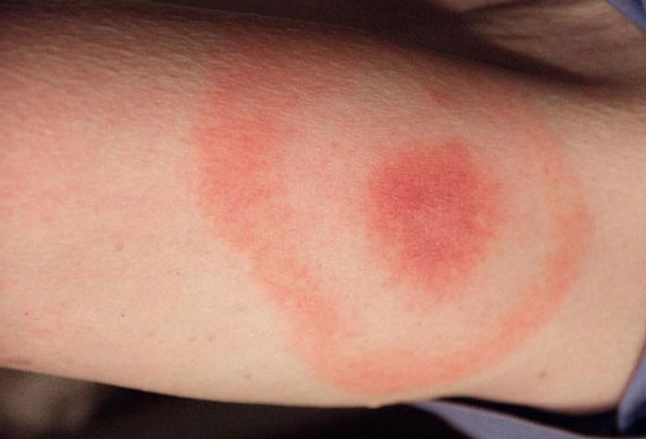In the United States, Lyme disease is caused by the bacterium Borrelia burgdorferi and rarely, Borrelia mayonii. It occurs most commonly in the Northeast, mid-Atlantic, and upper-Midwest regions. Lyme disease bacteria are spread to humans through the bite of infected blacklegged ticks. Typical symptoms include fever, headache, fatigue, and a characteristic skin rash called erythema migrans. If left untreated, infection can spread to joints, the heart, and the nervous system. Lyme disease is diagnosed based on symptoms, physical findings (e.g., rash), and the possibility of exposure to infected ticks. Laboratory testing is helpful if used correctly and performed with FDA-cleared tests. Most cases of Lyme disease can be treated successfully with a few weeks of antibiotics.
rarely, Borrelia mayonii. It occurs most commonly in the Northeast, mid-Atlantic, and upper-Midwest regions. Lyme disease bacteria are spread to humans through the bite of infected blacklegged ticks. Typical symptoms include fever, headache, fatigue, and a characteristic skin rash called erythema migrans. If left untreated, infection can spread to joints, the heart, and the nervous system. Lyme disease is diagnosed based on symptoms, physical findings (e.g., rash), and the possibility of exposure to infected ticks. Laboratory testing is helpful if used correctly and performed with FDA-cleared tests. Most cases of Lyme disease can be treated successfully with a few weeks of antibiotics.
Resources
KCHD: Vector-Borne Disease Prevention
CDC: Signs and Symptoms of Untreated Lyme Disease
CDC: Testing and Diagnosis of Lyme Disease